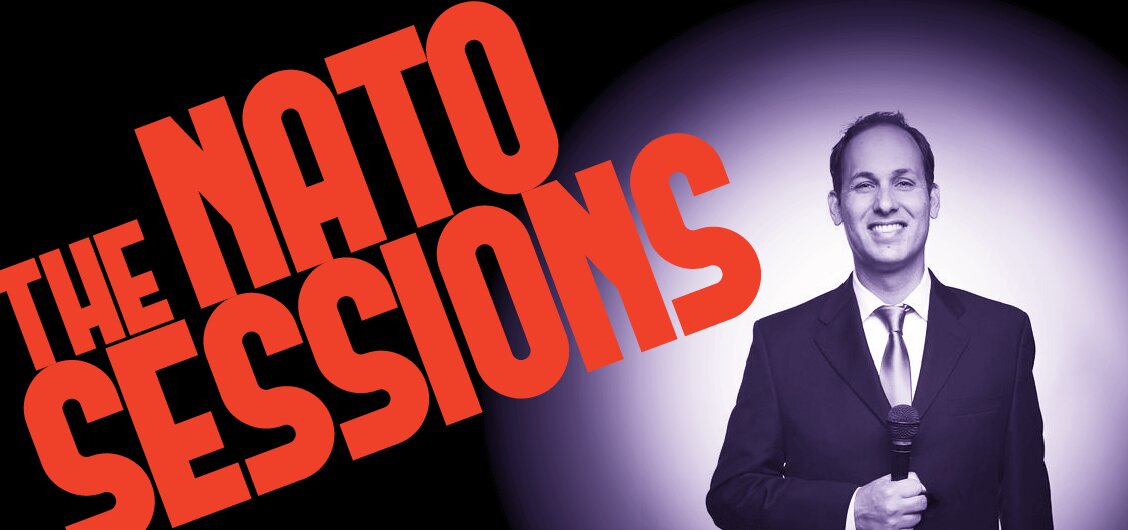It’s the second or fourth Tuesday, which means it’s time for a new episode of the Nato Sessions.
These days in San Francisco, gentrification is hotter than a gelato/massage food truck. More divisive than Orange is the New Black. More upsetting than the red wedding.
We’ve got soaring housing costs. Mass evictions. Venerable community businesses disappearing. Imperious techno-snobs. Google bus blockades. It’s scary and hard to understand what’s really behind it or what to do about it.
It feels like a turning point in San Francisco, where the activists are winning. Google bus blockades and protests of evictions and tax breaks for tech companies are tapping into widely-felt fears that the city is losing its soul, that only the super-rich can afford to live here, and that the city gives too much away to the 1%. We hear that only 15% of San Francisco residents can afford to live here.
One venture capitalist warned in a letter to the Wall Street Journal of a “progressive kristallnacht,” in which the rich are being treated like the Jews in Nazi Germany. This would make long-time San Francisco residents Nazis in the analogy, but one doesn’t need to understand history to make a point about it. When rich people are publicly worrying about being rounded up and exterminated, you know something is going on.
I had questions. What are the root causes? Is this a local phenomenon? Is all change and transformation bad for existing communities? Is there a way to have sustainable equitable urban economic development? Why have activists all across the USA been mostly unsuccessful at stopping gentrifying forces? What are the local policies that are most effective at making housing affordable to the highest percentage of residents? Can we use evidence and analysis to make any of these arguments?
In this Nato Sessions I get to the bottom of gentrification ONCE AND FOR ALL with help from Fernando Marti of the Council of Community Housing Organization, writer Chris Carlsson, and Alicia Garza, Executive Director emeritus of POWER. Thanks to my friends Rachel Brahinsky and Jane Martin for helping me figure out how to make this episode happen.

